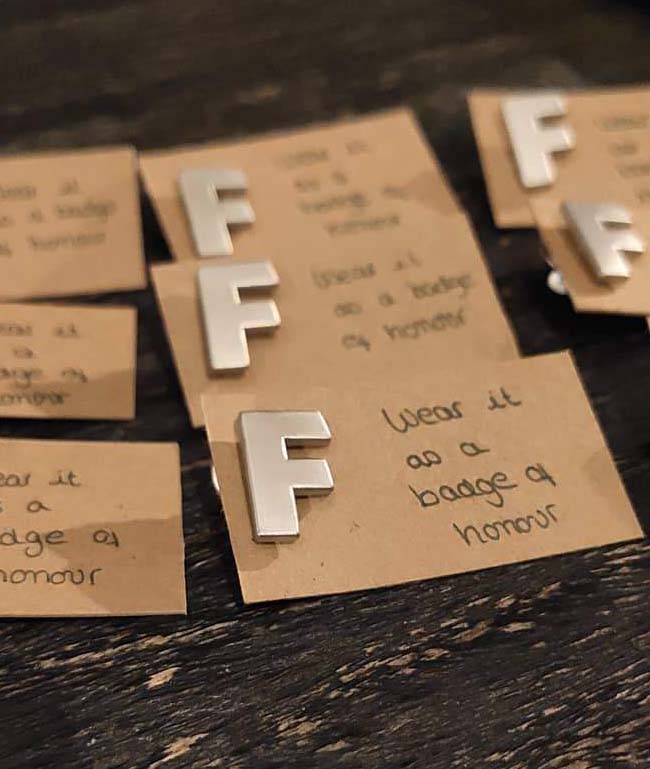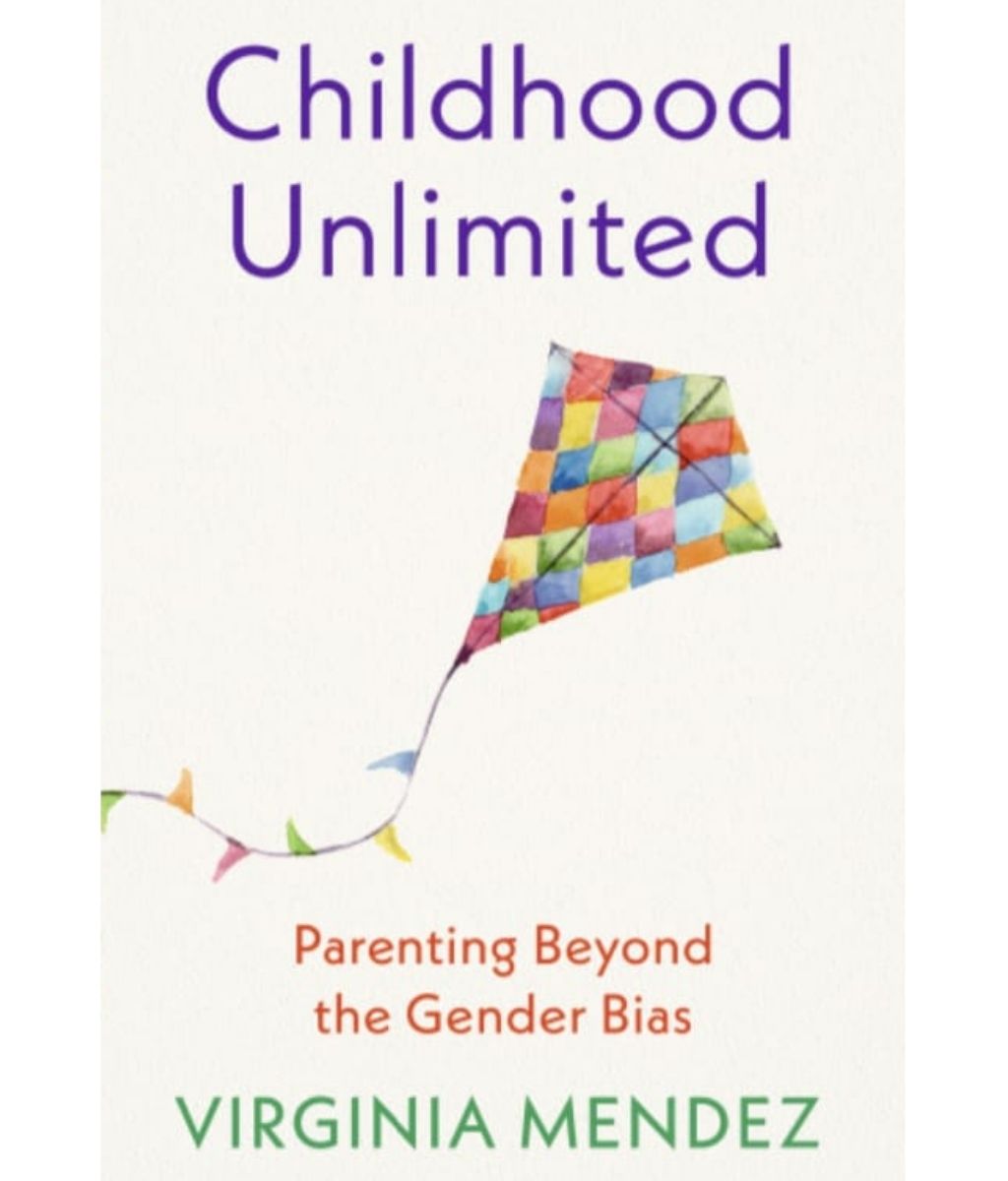Excerpt: Chapter 1
Land Marks opens with Rebecca, the narrator, coming home after a long day of teaching to discover that one of her former students, Sonya, has been arrested at a northern Michigan frack well site. (Sonya’s picture appears on the evening news.) Rebecca wonders if she should have told her students more about herself and her own activist past, to prepare them for the consequences of action.
I knew they would do it, didn’t I? Something big. I never knew what, exactly, or when, but I always knew they were serious and that anything they decided to do would be done out of reverence, out of love.
I had listened to their ideas on Sonya’s mangy back deck and helped them shape their thoughts as they continued to write. There were times when I thought of Mara, when Mara and I were young like they were, when we acted as a pair. Perhaps I should have told Kate and Brett and Sonya and Mark, more. But whatever it was I was becoming, mentor or friend, I had been their professor, and that role stuck. I was worried about influence.
Now the question was: Had I dropped out on them when they needed me most?
Was I wrong, not letting them know that their professor, Rebecca Walton, had once been known as Elizabeth Stone, a rescue climber and writer inside of actions? That I understood, completely, why they needed to keep quiet, because being a good activist was not so different from being a good teacher? I had walked into teaching not knowing that this role, too, would require me to push back my sense of self so I could be a better listener. Both roles, each in their own way, required me to be a good secret keeper.
Ten o’clock. It would be an hour before any real news came in.
The networks would spend the next hour heightening and sensationalizing. Soon enough the “apparent sabotage” would be “Ecoterrorists target frack well site.” “Terrorists threaten America’s oil independence.” Live at Eleven would scramble for the perfect sound bite. They’d create a spinning graphic with canned music to herald their story. By eleven, they’d have an exploding drill rig pinned to the map for sure.
I glanced back to the bag of essays slumped on the couch as if they could again lead me to where I needed to be, and that’s when I remembered. Sonya had sent one of her “Hey Teach” emails a week or so ago. I had only skimmed it because it was midterms—that time of year when I barely slept or ate or moved, when my eyes became grainy and my body ached with the reading.
I considered getting a second wine-beer but decided to make a pot of coffee instead.
For all my worry about influence, all I wanted now was a chance to intercept, to stop the messaging train. They had tried. For two years they had tried: with articles, with songs, with videos of the destruction we had witnessed across the state, with carefully crafted speeches and letters, by standing up at auctions and public meetings. Now, they would be labeled.
Anyone who didn’t understand how four promising students in a literature class could become “ecoterrorists” should stand at the crest of the twelve-foot-tall mound of earth surrounding a frack well site, a berm swollen with and smelling of still-living roots. Let anyone quick to judge gaze across ten acres of forest floor scraped level and dry. Let them see and hear, smell and feel the screech of the drill rig biting into brain and bone, the chug of diesel engines, the roar of compressors. Let them stand there trying to comprehend the circus of hoses and coils, the tanks and the vats, piles and piles of half-ton cylinders of steel pipe, because there is no such thing as a two-mile-long pipe. The pipes of drilling and fracking thunder end to end as they descend into the well bore, segment following segment, and the drill bit grinds away.
...
Read our interview to Maryann Lesert HERE











0 comments